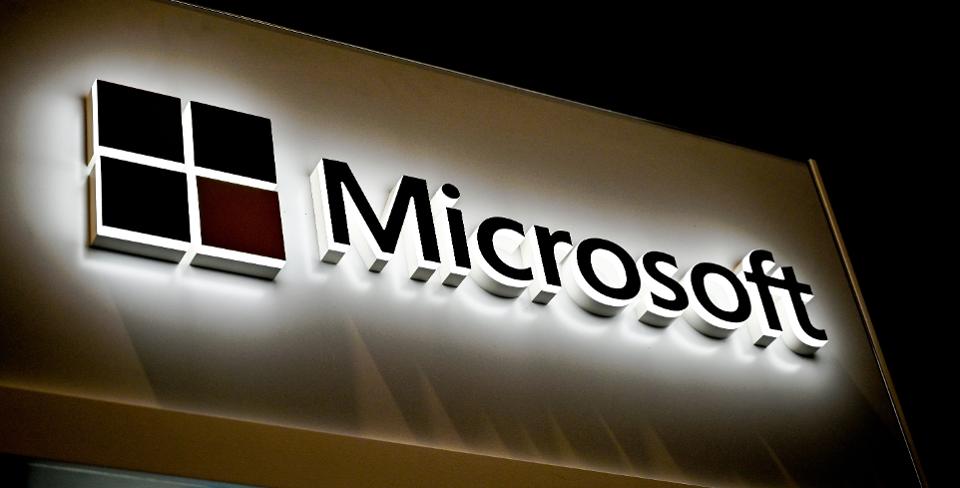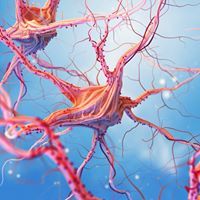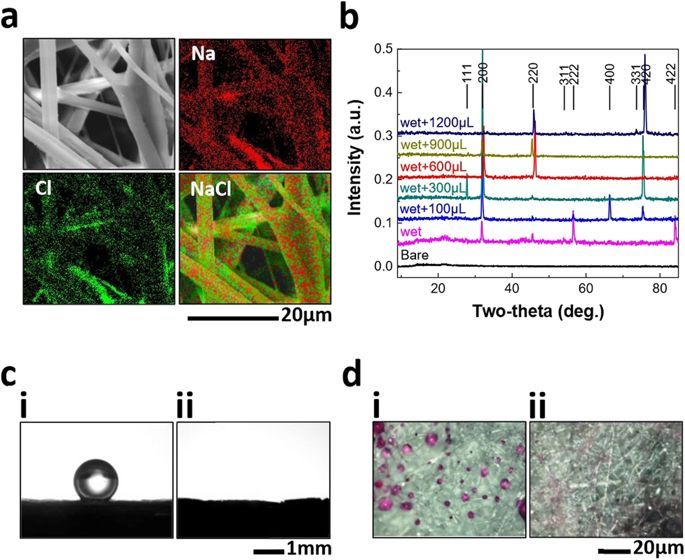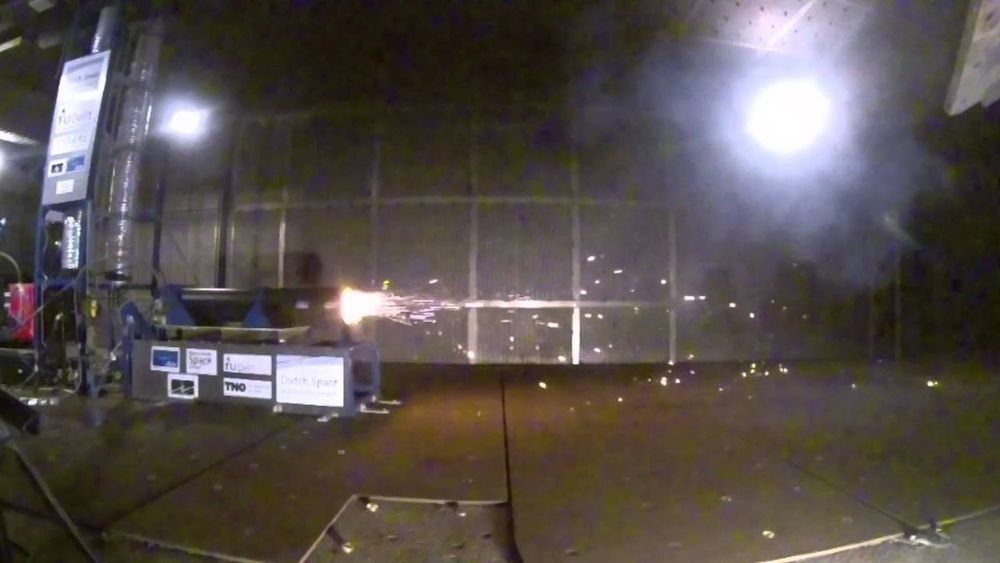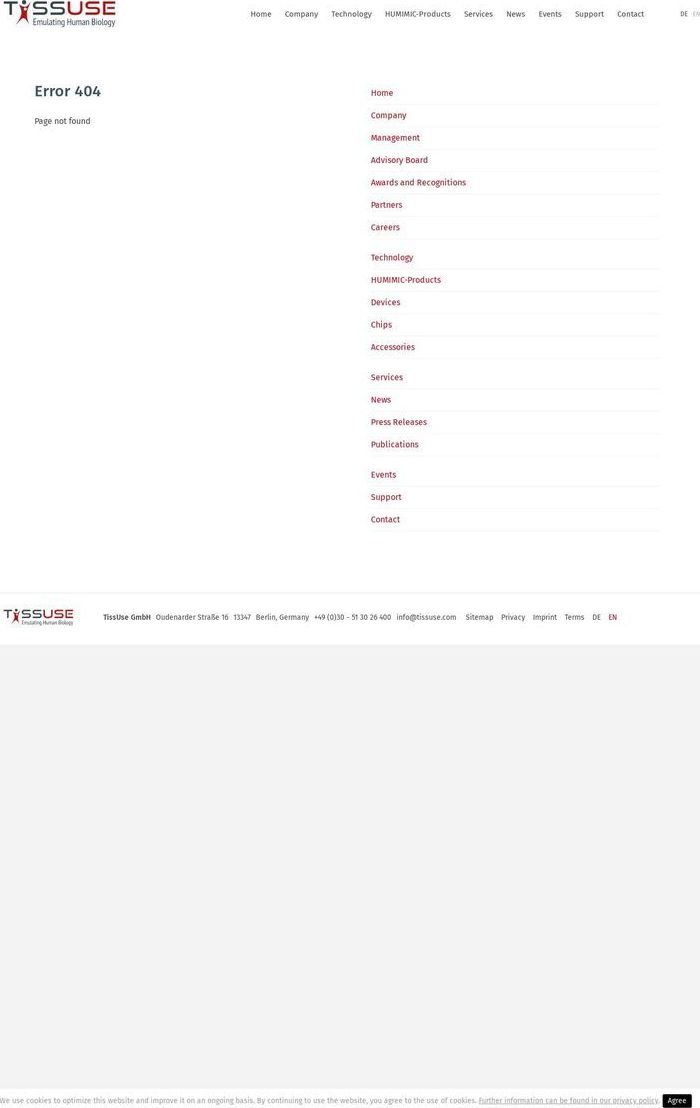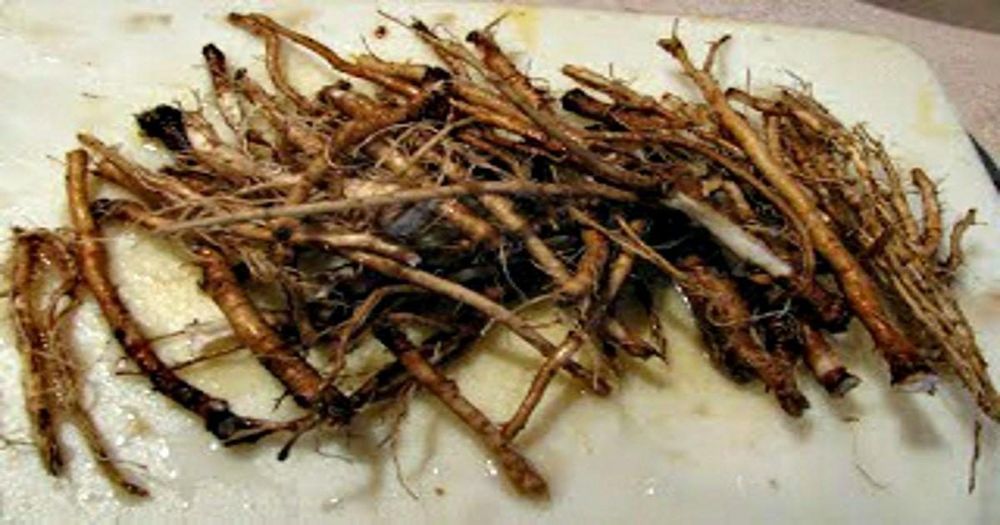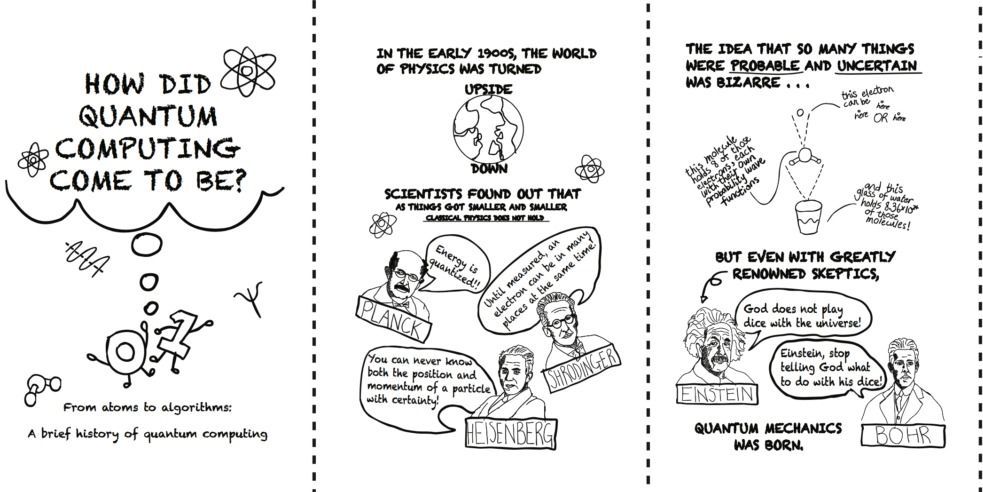Astronomers have discovered a spinning star dragging the very fabric of spacetime at the centre of a unique cosmic laboratory.
This patched critical flaw is the first remote code execution threat to a major cloud platform, undermining the security layers that isolate shared resources.
Aerosolized pathogens are a leading cause of respiratory infection and transmission. Currently used protective measures pose potential risk of primary/secondary infection and transmission. Here, we report the development of a universal, reusable virus deactivation system by functionalization of the main fibrous filtration unit of surgical mask with sodium chloride salt. The salt coating on the fiber surface dissolves upon exposure to virus aerosols and recrystallizes during drying, destroying the pathogens.
- Article
- Open Access
- Published: 04 January 2017
- Fu-Shi Quan 1 na1, <li class=”” itemprop=“author” itemscope=“itemscope” itemtype=“http://schema.[/ul>.
On 12. June 2013 the third test fire of the DHX-200 “Aurora” hybrid rocket motor took place at the facilities of TNO. The Aurora motor will power the Stratos II rocket and utilizes nitrous oxide as oxidizer and a fuel combination of sorbitol, paraffin wax, and aluminium particles as fuel.
The motor was intended to be fired for 15 seconds after the successful 10 second test earlier this day but was shutdown prematurely at around 6 seconds after the combustion chamber showed local structural failure.
The sequence involves the following steps:
T — 4s : Nitrous Oxide bypass flow initiated
T — 3s : Ignition pulse for pyrotechnic igniter
T 0s : Main valve open
T + 6s : Main valve closed (safety precaution)
T + 15s : Scheduled motor cut-off
Read the full story on: http://projectstratos.nl/2013/06/2011/
Human on a Chip
Posted in biotech/medical, robotics/AI
Using digital ai generated medicines plus human on a chip systems you could get new medicines out not in years but hours.
The next generation of MOC design at TissUse aims for a Human-on-a-Chip, increasing the number of interconnected organs toward acceptable organismal complexity. This number of organs is supposed to be efficient to provide human organismal homeostasis, sufficiently flexible for diverse disease modelling and to bear the potential of ultimately replacing animal models for systemic substance testing.
O.o circa 2016.
Dandelion root is being studied for possible anti-cancer properties, but there’s absolutely no proof it kills “98 percent of cancer cells in 48 hours.”
Still baffled by quantum computing? How about turning to comic books (graphic novels for the well-read among you) for some clarity and a little humor on QC. The National Science Foundation has done just as part of its EPiQC (Enabling Practical-scale Quantum Computing) program. So far eight Zines have been created with more to come.
Comic books offer approachable ways to convey both humor and information. One might think that comic books would not be able to convey complex information like the ideas behind QC. In this case, one would be wrong, at least for one as creative as the University of Chicago s Diana Franklin, as part of the National Science Foundation (NSF) funded https://www.epiqc.cs.uchicago.edu/”>EPIQC Expedition in Computing, wrote Mark Hill of the University of Wisconsin-Madison in a recent blog for Computing Community Consortium, run by NSF.
In particular, Diana and colleagues have developed eight, with more coming, https://www.epiqc.cs.uchicago.edu/zines”>zines that are comic-book-like pamphlets obtained by printing and folding a single sheet of paper. The topics include quantum notation, superposition, and history. In my humble opinion, these are great examples of the synergy possible with research and education done together. Enjoy! .

